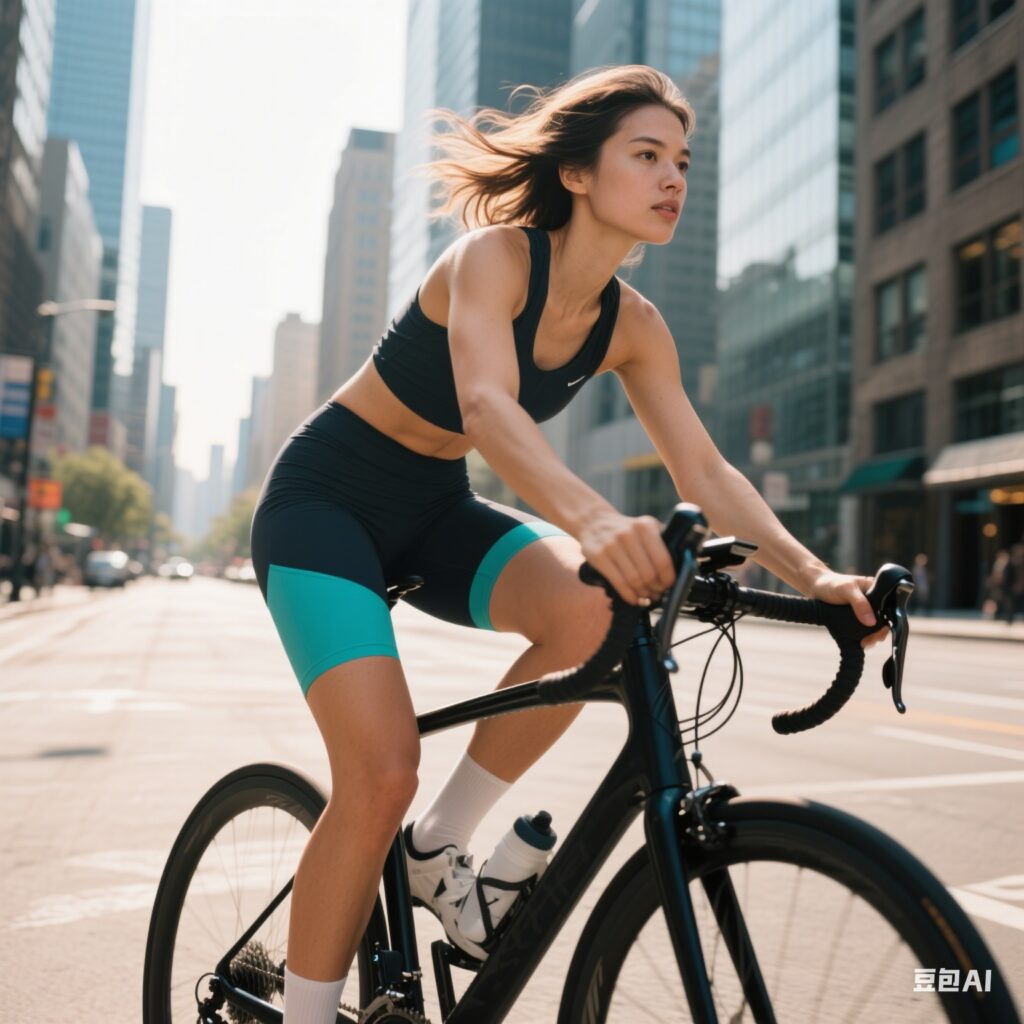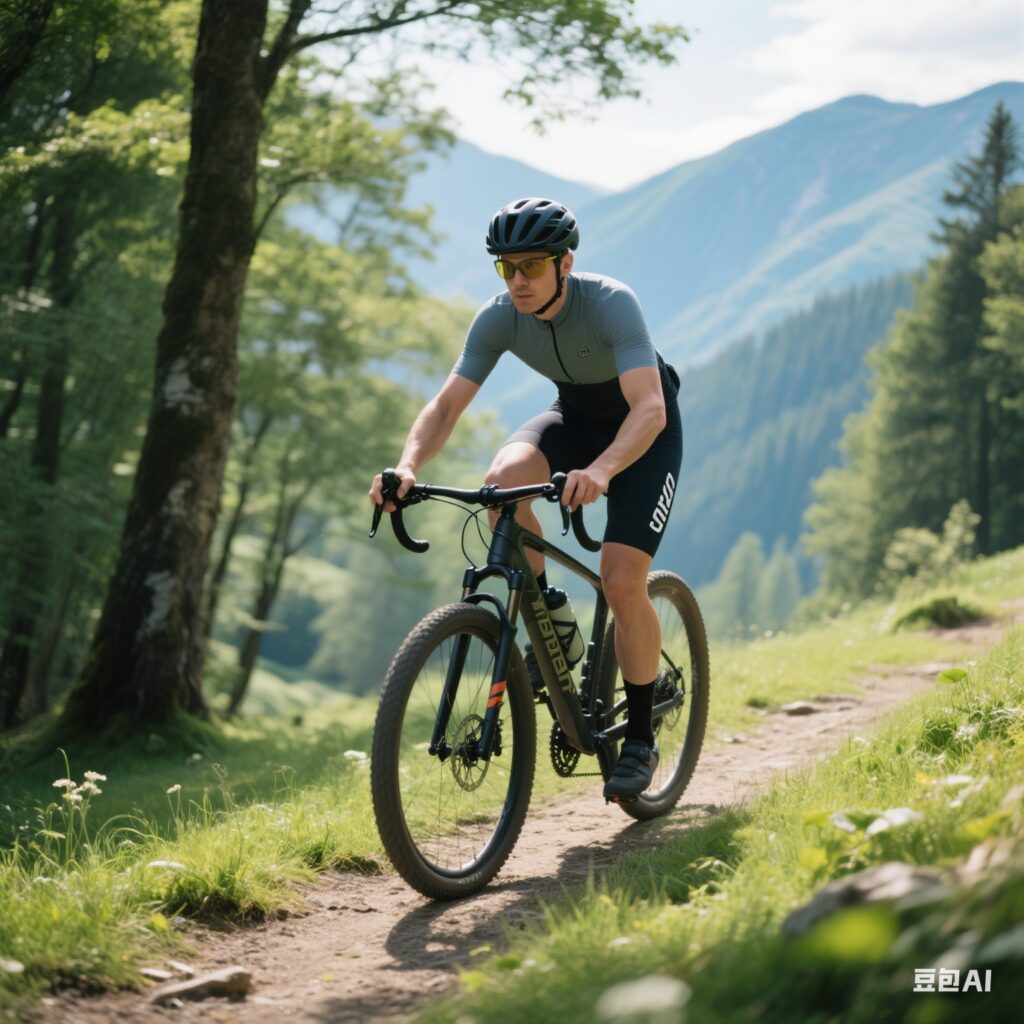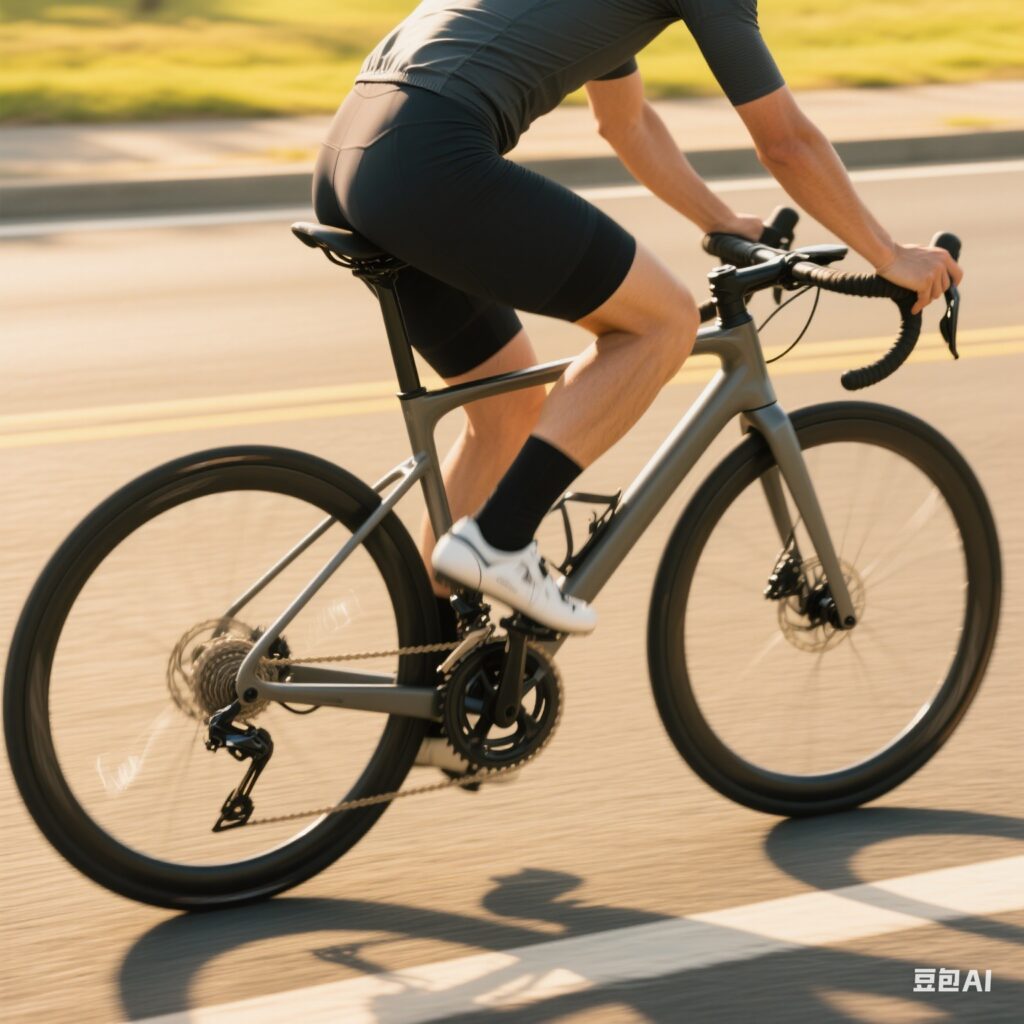
Cycling pants, also known as bike shorts, have evolved from simple athletic wear to highly engineered garments designed to maximize comfort, performance, and efficiency on the bike. Whether you’re a seasoned racer, a weekend enthusiast, or a daily commuter, understanding the different types and features of cycling pants is crucial for an enjoyable and pain-free ride. This guide will delve into the materials, purposes, functions, common types, and importantly, the HS Codes relevant for import/export purposes.
Why Choose Cycling Pants? The Core Benefits
Traditional pants simply aren’t designed for the repetitive motions and unique pressures of cycling. Cycling pants address these issues with a focus on:
- Chafing Prevention: Close-fitting designs minimize friction against the saddle and skin.
- Moisture Management: Fabrics wick away sweat, keeping you dry and comfortable.
- Saddle Comfort: The integrated chamois (padded insert) provides crucial cushioning.
- Muscle Support: Compression fabrics can aid recovery and reduce fatigue.
- Aerodynamics: Streamlined designs reduce wind resistance.
Material Breakdown: What are Cycling Pants Made Of?
The materials used in cycling pants significantly impact their performance and feel. Here’s a closer look:
- Spandex/Lycra: The foundation of most cycling pants, offering exceptional stretch, compression, and moisture-wicking properties. Often blended with other fibers for enhanced performance.
- Polyester: Provides durability, breathability, and excellent color retention. Commonly used in the main body of the shorts.
- Nylon: Offers abrasion resistance, a smooth feel, and quick-drying capabilities.
- Compression Fabrics: High-performance fabrics provide targeted muscle support and improved circulation.
- Chamois: The heart of comfort! Typically made of multi-density foam, gel, or a combination, covered with microfiber or synthetic leather. Different densities and shapes cater to varying ride lengths and rider preferences.
The Functionality of Cycling Pants: Beyond Comfort
Cycling pants aren’t just about feeling good; they’re engineered for specific purposes:
- Chamois Protection: Absorbs shock, reduces friction, and prevents saddle sores.
- Compression Support: Improves blood flow, reduces muscle fatigue, and aids recovery.
- Freedom of Movement: Stretch fabrics allow for a full range of motion, essential for efficient pedaling.
- Breathability: Materials are designed to allow air circulation and prevent overheating, keeping you cool and dry.
Common Types of Cycling Pants: Finding the Right Fit
The world of cycling pants is diverse! Here’s a breakdown of the most common types:
- Bib Shorts: Feature suspenders (bib straps) that hold the shorts up, providing a secure and comfortable fit without waistband pressure. Ideal for long rides and racing.
- Waist Shorts: Traditional shorts with an elastic waistband. A more casual option, suitable for shorter rides and everyday cycling.
- Padded Shorts: Varying levels of padding to suit different ride lengths and rider preferences.
- Compression Shorts: Designed for maximum muscle support and recovery.
- Loose-Fit Shorts: More relaxed fit, often used for mountain biking and casual riding.
- Tri Shorts: Designed for multi-sport events, with minimal padding and quick-drying materials.
- Winter Cycling Pants: Insulated and water-resistant for cold-weather riding.

HS Codes for Cycling Pants: Import/Export Classification
Navigating international trade requires accurate product classification. Cycling pants fall under several HS (Harmonized System) codes, depending on the material composition and intended use. Here’s a guide based on the provided data:
Important Note: HS codes are subject to change and vary by country. Always verify the latest code with your customs authority.
- 6204.63.09.10: Women’s or girls’ trousers, bib and brace overalls, breeches and shorts made of synthetic fibers, designed for recreational performance outerwear (including water-resistant features like ski/snowboard pants). Tariff Rate: 44.6% (as of May 12, 2025)
- 6204.63.75.10: Similar to above, for women’s or girls’ trousers made of synthetic fibers, specifically water-resistant trousers or breeches, including ski/snowboard pants. Tariff Rate: 44.6% (as of May 12, 2025)
- 6211.32.50.40: Men’s or boys’ tracksuits, ski-suits, and swimwear made of cotton, designed for recreational performance outerwear (track suit trousers). Tariff Rate: 45.6% (as of May 12, 2025)
- 6211.39.15.30: Men’s or boys’ tracksuits, ski-suits, and swimwear made of other textile materials, designed for recreational performance outerwear (track suit trousers). Tariff Rate: 40.3% (as of May 12, 2025)
Key Considerations for HS Code Selection:
- Material Composition: The primary material (cotton, synthetic, or other) is a crucial factor.
- Water Resistance: If the pants are water-resistant, codes 6204.63.09.10 or 6204.63.75.10 may be applicable.
- Intended Use: Consider whether the pants are designed as track suit trousers or recreational outerwear.
Disclaimer: This information is for general guidance only. Always consult with a customs broker or relevant authority to ensure accurate HS code classification for your specific product and destination country.

Conclusion: Ride in Comfort, Trade with Confidence
Choosing the right cycling pants can significantly enhance your riding experience. Understanding the different types, materials, and features empowers you to make informed decisions. And when it comes to international trade, accurate HS code classification is essential for smooth customs clearance and compliance. Happy riding and trading!